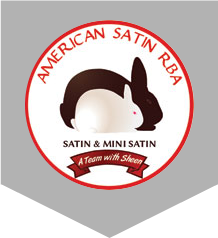OUR BREEDS AT A GLANCE
MINI SATINS
Black
Blue
Broken
Chinchilla
Chocolate
Chocolate Agouti
Copper
Himalayan
Lilac
Lynx
Opal
Otter
Red
Sable
Siamese
Silver Marten
Smoke Pearl
Squirrel
Tort
White
SATINS
Black
Blue
Broken
Himalayan
Chinchilla
Lilac
Chocolate
Copper
Otter
Red
Siamese
White
A HISTORY
Satins and Mini Satins, affectionately known as “Team Sheen”, are arguably two of the most beautiful breeds to be found in “rabbitdom”. Their unique fur structure gives both breeds an eye-catching sheen reminiscent of fine satin. Satins – the larger of the two breeds first appeared in 1930 Pendelton, Indiana, as a mutation in a litter of Havanas owned by Walter Huey. Before this mutation appeared, the rabbit world had seen nothing like it! From 1930 to 1936, Huey selected the new Satin for vigour. He sent some of these animals to Harvard University, where geneticists determined that this new mutation was a simple recessive gene for the shine and texture of the coat – due to transparency of the cuticle of the hair shaft. When Mr. Huey showed these satinized Havanas – with the brilliant sheen – against normal Havanas, a storm of protest ensued.
For a time, the rabbits were given the name of ‘Satin Havanas’, exhibited as a separate variety of Havanas, and were recognized by the National Havana Club. Following Huey’s efforts, a few rabbit raisers had begun satinizing other breeds and varieties using the satinized Havanas. By 1939, Satin colors could be found in: Brown, Black, Blue, White, and Orange. In 1942, the American Federation of Havana Breeders voted to sponsor the Satin in the various colors; but they continued to be scarce in number. It wasn’t until 1946 that Satins began its rise in popularity. In March of that year, John Fehr reported that he had produced the first strains of White, Black, Orange, Cinnamon, Chinchilla, and Lilac Satins. He also noted that J.T. Price was doing much to develop the Whites.
In August, 1946, the American Satin Rabbit Breeders Association was formed. The Satin raisers of the day considered the different colours ‘breeds’, and not varieties. At that time, the only Satinized breed recognized by the American Rabbit Breeders Association was Havana; although working standards existed for White, Black, Orange, Lilac, and Black Silver Marten Satins. In the following years, the Satin continued to grow in popularity and numbers. The Satin club adopted the slogan, “Satin, the rabbit of beauty and distinction” in 1954. At the ARBA Convention in 1955, 230 Satins were exhibited.
A standard for the Satin breed, with eight varieties, was adopted by the ARBA in 1956. A ninth variety, the Siamese Satin, was accepted in 1965. In this same year, one standard set of points were written for all the varieties. Throughout the 60s and 70s, Satins were improved through the dedicated breeding efforts of many excellent Satin fanciers. During the 80s, Satins were recognized in ten varieties: Black, Blue, Broken, Californian, Chinchilla, Chocolate, Copper, Red, Siamese, and White. The Brokens in particular, recognized in 1985, gave a major boost to the breed which now offered a standard commercial meat production sized and typed rabbit with plenty of beauty and challenge for rabbit fanciers. Competitively, Satins were consistently claiming top placements at many ARBA-sanctioned shows. The 1990s saw Satins claiming Best in Show and Best 6 Class at several ARBA Conventions. Satins continued to dominate on the show tables in the 21st Century, and the 11th variety, Otter Satins, were recognized in 2001. In 2022, Lilac was added along with the Blue, Chocolate, and Lilac versions of Himalayan (formerly Californian) and Siamese, bringing us to the 12 accepted Satin varieties we have today.
During the history of the Satin and the efforts of breeders to “satinize” other breeds, several efforts were also made to create a smaller and more compact rabbit with the Satin coat. The first attempt at creating a compact satinized breed occurred in 1970 by Mrs. Ariel Hayes, of Troy, Michigan. Ms. Hayes dubbed her new breed the “Satinette” which sprang from crosses between Polish and Satins. She worked on the Satinettes for 12 years before abandoning the COD. In the late 1980’s, B. Pettit (a well-known Netherland Dwarf breeder), began satinizing Netherland Dwarfs. Later in 1990 a Michigan man was located that was breeding a Satinette, who said that he started in 1983 (possibly but not confirmed to be stock from the earlier Hayes COD). An agreement was made between this Michigan breeder and Sue and Verle Castle to work together and present the Satinette under the Castles’ name and nine colors were chosen for the first presentation. The Standards Committee did not care for the colors chosen for the development of the breed and assisted the parties with color selection and re-writing the standard. Colors now to be worked on were: Copper, Red, Ruby-Eyed White, Sable and Siamese. Unfortunately this ultimately created a rift in the original partnership between the Castles and the Michigan breeder and in January of 1994 the COD for the Satinette was dropped yet again. In February of 1994 Jim Krahulec, purchased all of the Castles’ Satinettes, and began to develop the breed, but went to a larger version, as he felt that they were too much like a satin-coated Netherland Dwarf. For the first time the name, “Mini Satin” was given to this new incarnation of the breed. Mr. Krahulec, obtained three underweight Satin bucks and began to breed this with the Satinette does in the spring of 1994. By autumn of 1994 the normal Satins were disposed of in the breeding program, and the youngsters from those crosses were further mated to Mini Satin bucks. Jim Krahulec, submitted a proposed standard and five varieties: Black, Chocolate, Copper, Himalayan, and Red to the ARBA’s Standard Committee on June 30, 1995, and a Certificate of Development for the Mini Satin was granted in September of the same year. A great effort was made to develope the Mini Satin under Jim Krahulec’s COD, unfortunatey the breed ultimately failed to pass it’s final attempt in Louisville, Kentucky in 1999.
J. Leo Collins, of Salem, Ohio, took up the torch and was granted a Certificate of Development for the Mini Satins. He has started developing his own line of Mini Satins in 1992, using his White Satins, Florida Whites, and Mini Rex (to introduce the dwarf gene). Collins presented his Mini Satins for the first time at the Wichita, Kansas ARBA Convention and Show in 2003, where two varieties – Ruby-Eyed White and Red – were accepted by the committee for a first showing. In 2005, the White Mini Satin was officially recognized by the ARBA, becoming its 47th new breed in February of 2006. By 2006, at least 10 other varieties had Certificates of Development. Collins wrote, “The Mini Satin is a new and separate breed with its own Mini Satin name. There are similarities [to the Satin] however; the beautiful fur description is the same except for length…The Commercial type description is similar except for the addition of the words, rather short.” When the Mini Satin was approved by the ARBA, the only change made to Collins’ working standard was the addition of a maximum ear length of 3 1/4 inches. Later, this was revised to 3 1/2 inches for the 2011-2015 revision of the Standard of Perfection.
In October 2004, 81% of the ASRBA membership voted to make ASRBA the specialty to club to represent both the Satin and the Mini Satin breeds. This raised considerable discussion by the ARBA Board; but eventually the Board would vote at the 2010 ARBA Convention in Minnesota to keep the two breeds together permanently, affirming Collins’ wish that the Mini Satin breed “should continue to grow and take its place beside the Satin breed as a partner in our dual breed Specialty Club, the ASRBA”.
Mini Satins enjoyed a rapid rise in popularity in the span of 15 years since J. Leo Collins created his Mini Satin. 244 Mini Satins were entered at the 2006 ARBA Convention in Fort Worth, the first convention in which they could compete as a recognized breed. The following year, Robbie and Amanda Wampner won Best in Show at the 2007 ARBA Convention in Grand Rapids. The recognition and acceptance of Mini Satins took a long time; but we now have an amazing 18 varieties, including the Broken and Otter groups and the two newest addition, Lilac and Lynx.
Below are representative photos of each of the 14 Satin varieties and 18 Mini Satin varieties. Please refer to the latest edition of the ASRBA Official Guidebook – available to all ASRBA members, for detailed articles on each variety. Not a member? Now is the perfect opportunity to join the ASRBA!
MINI SATINS
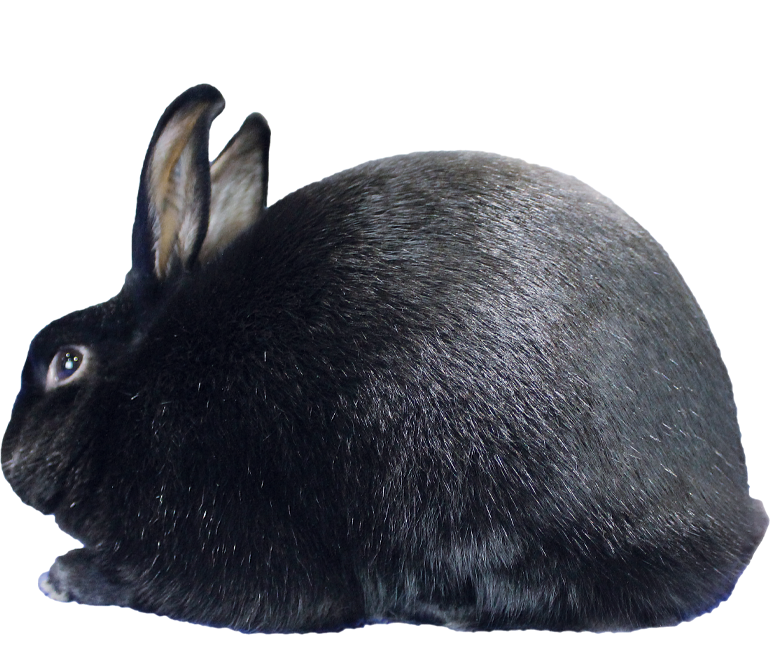
BLACK

BLUE
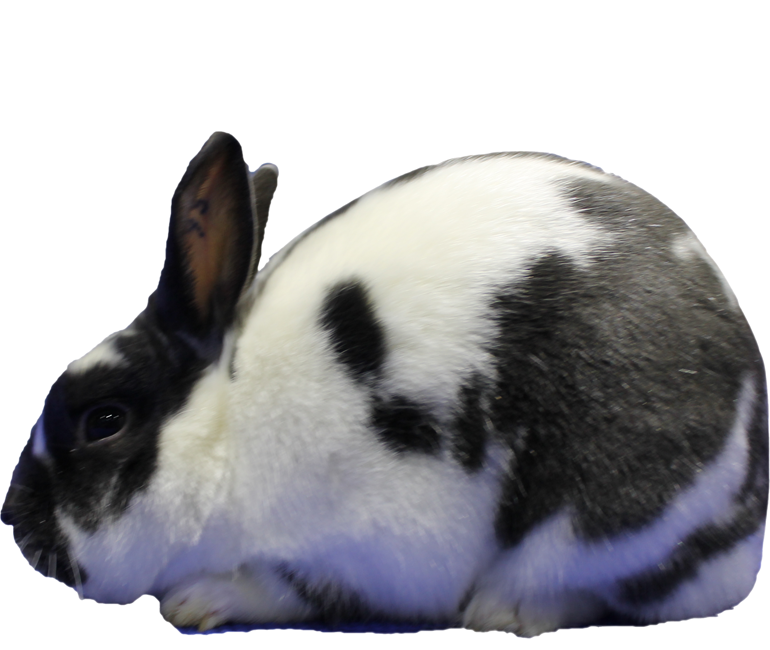
BROKEN
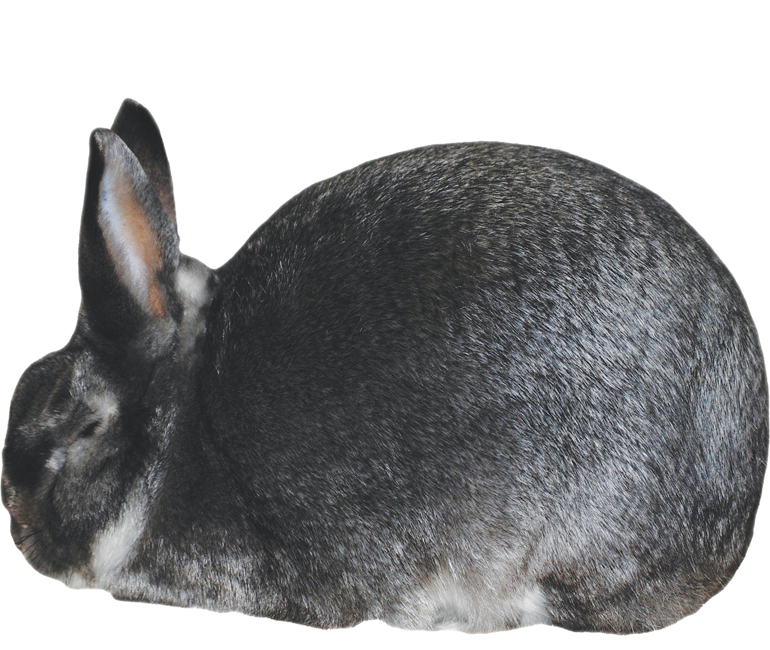
CHINCHILLA
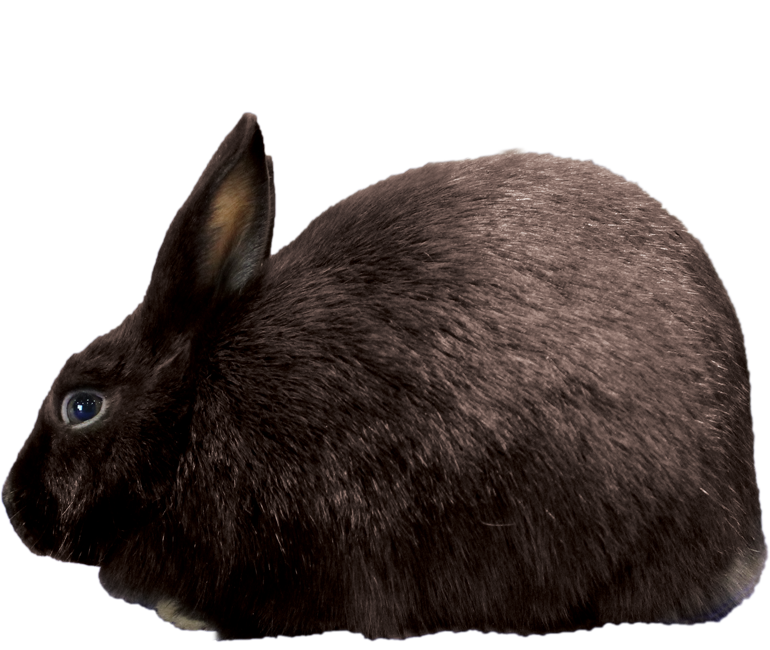
CHOCOLATE
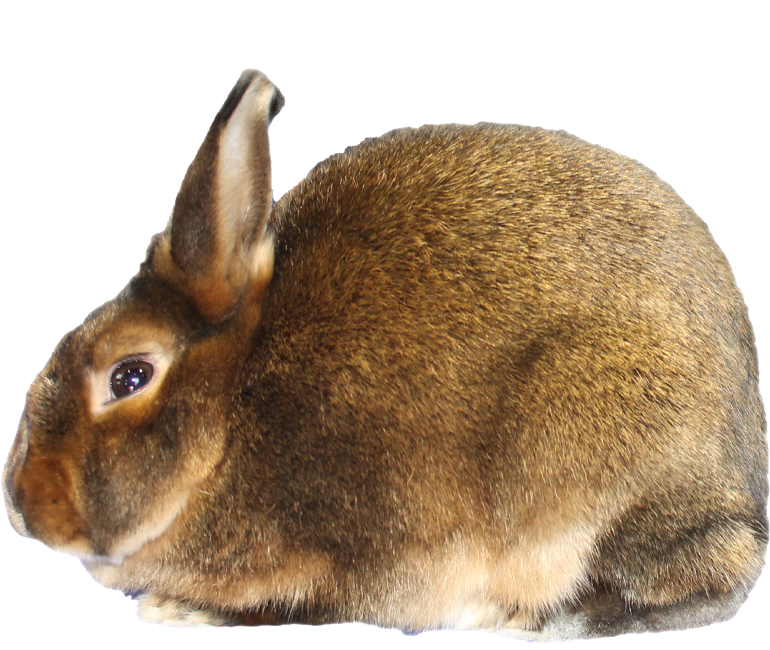
CHOCOLATE AGOUTI
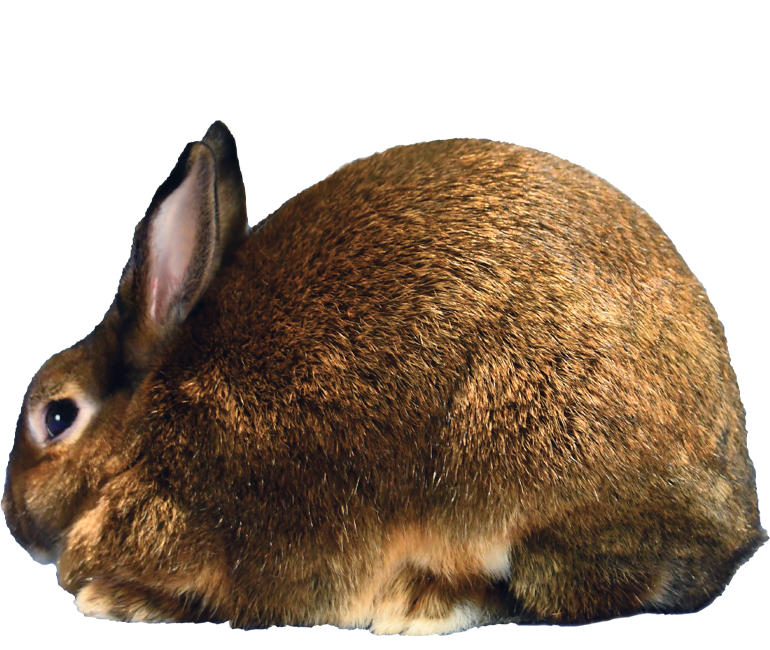
COPPER
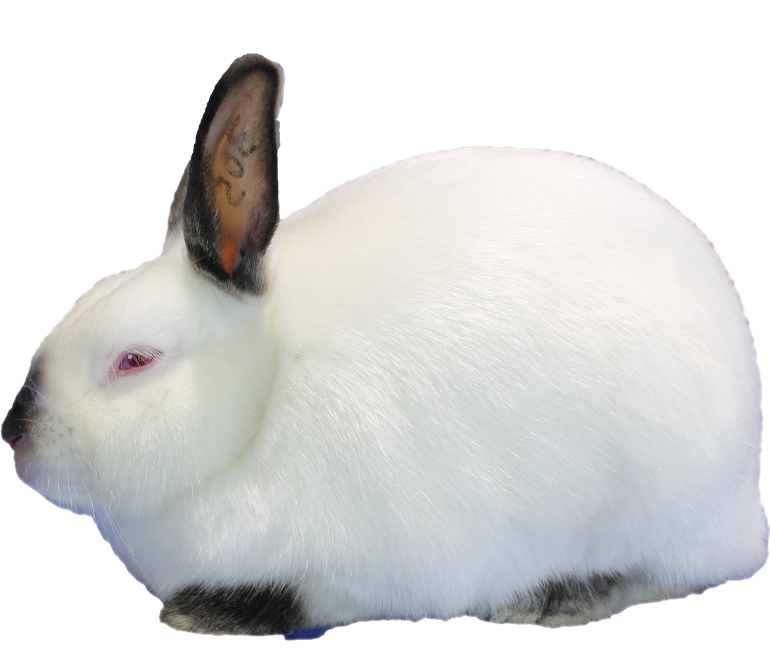
HIMALAYAN
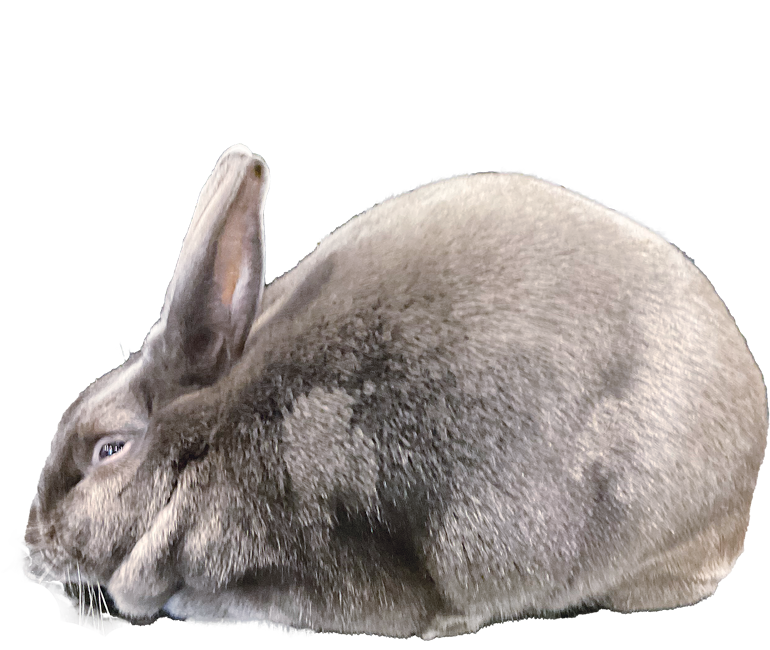
LILAC
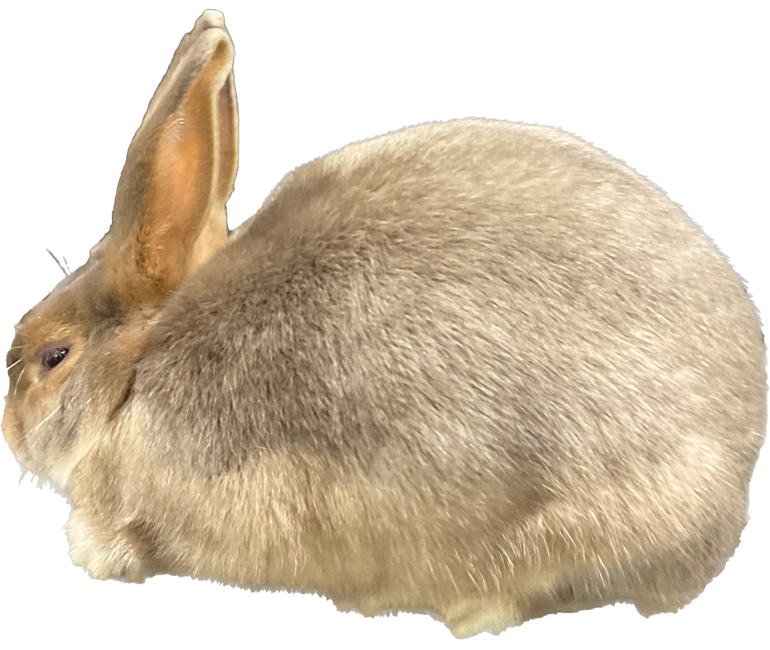
LYNX
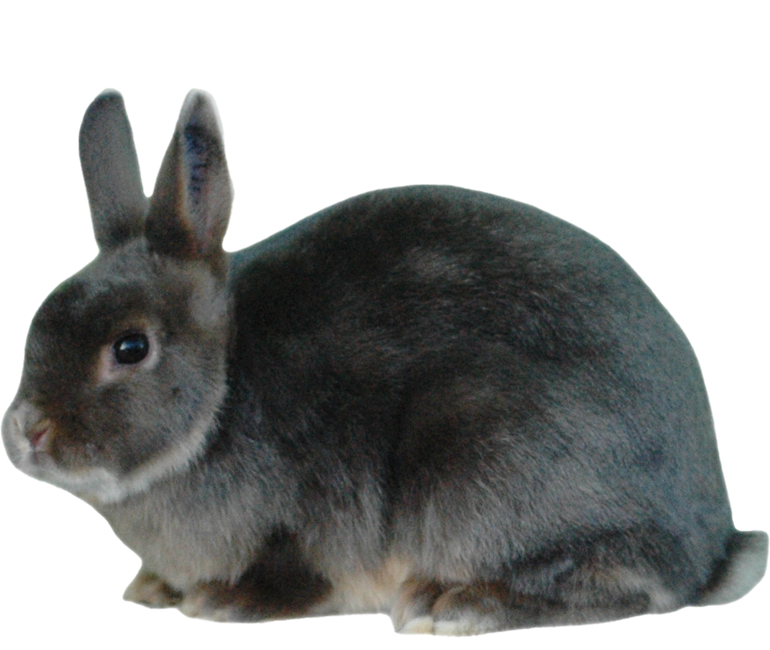
OPAL
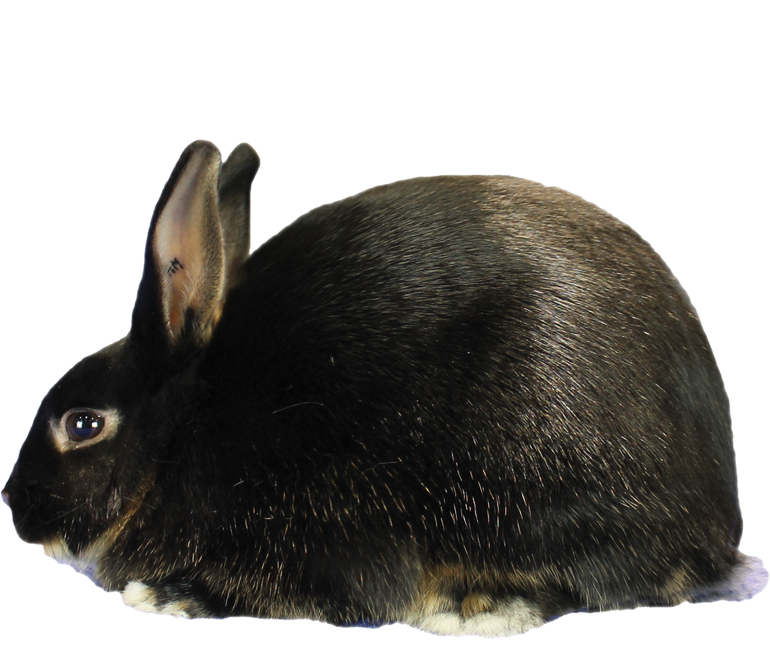
OTTER
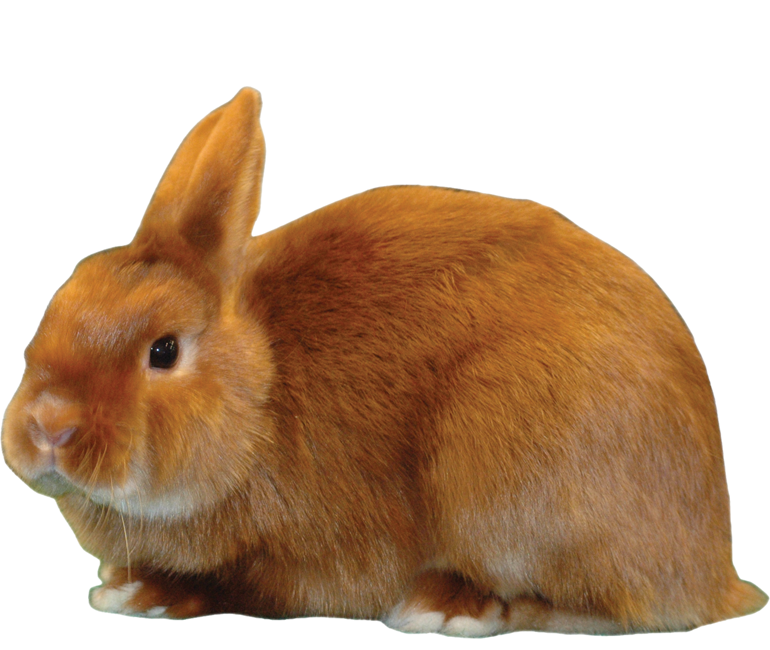
RED
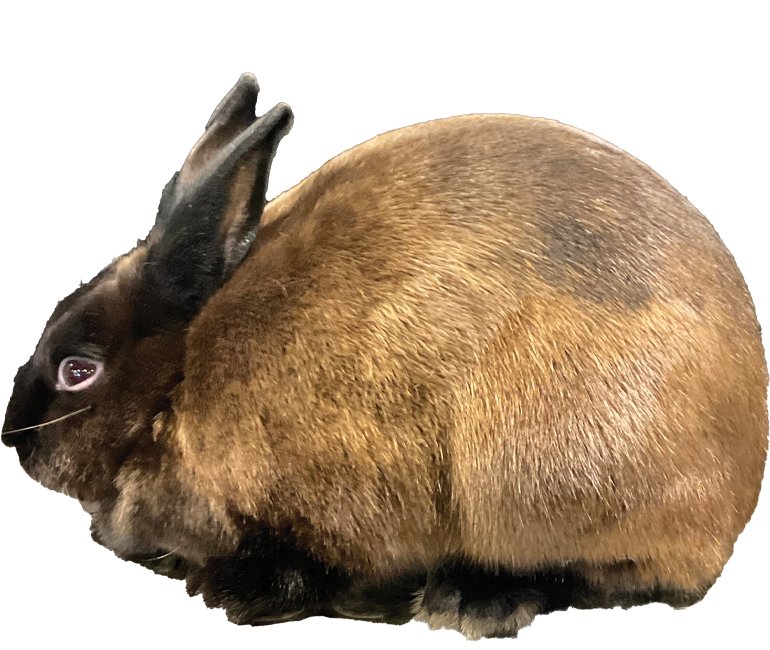
SABLE
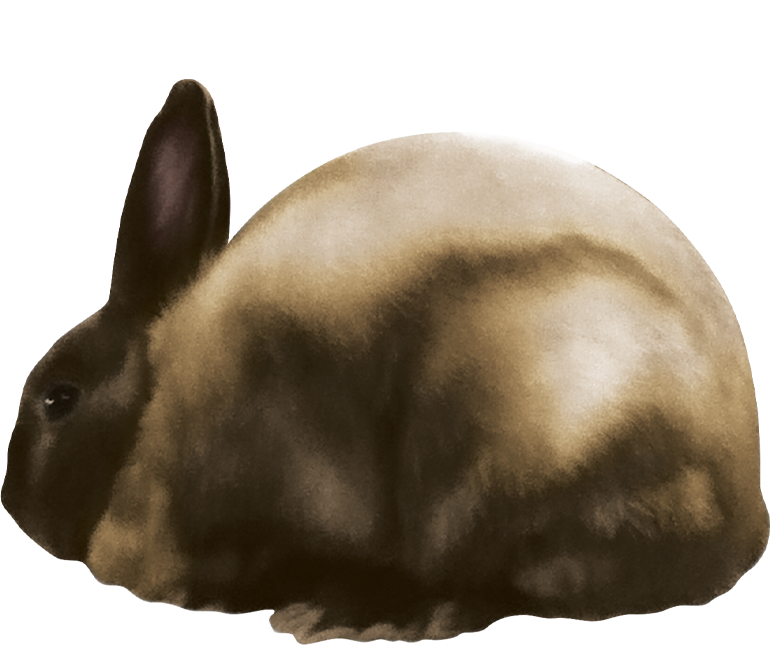
SIAMESE
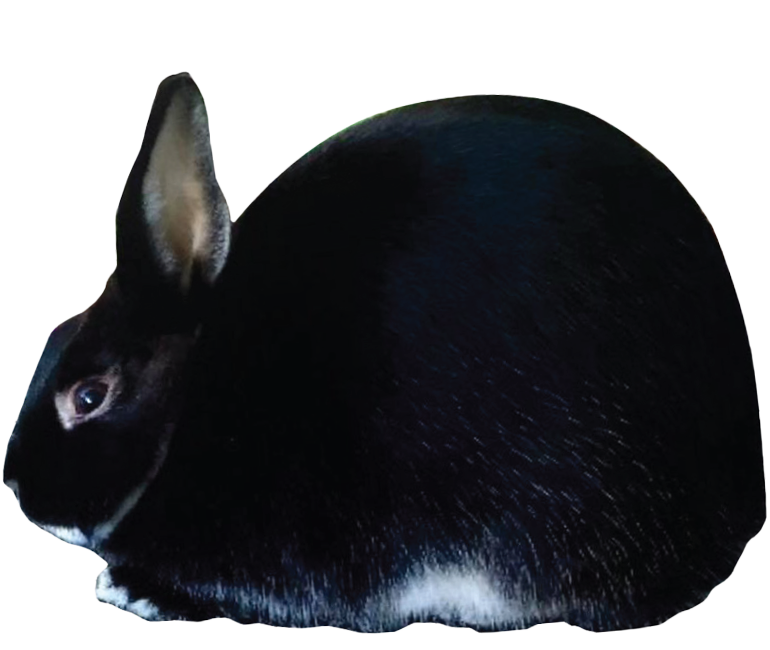
SILVER MARTEN
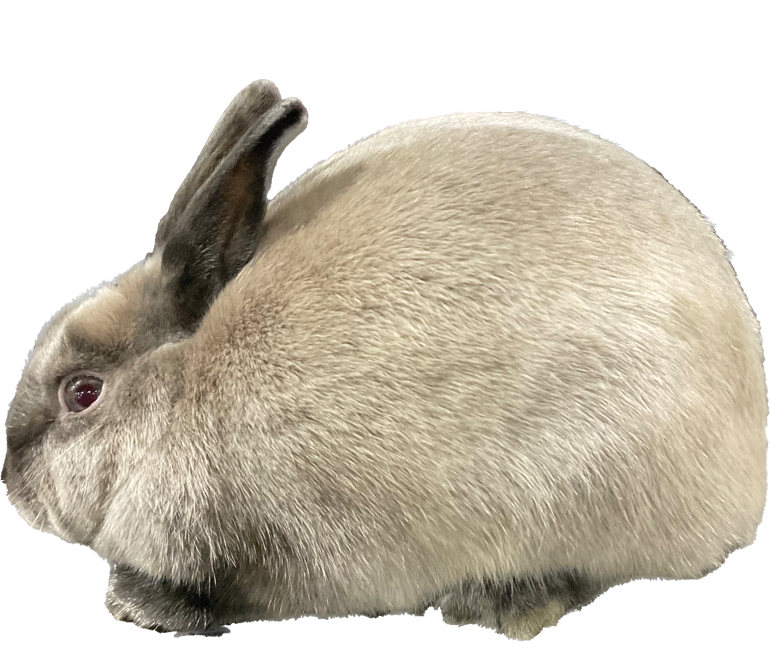
SMOKE PEARL
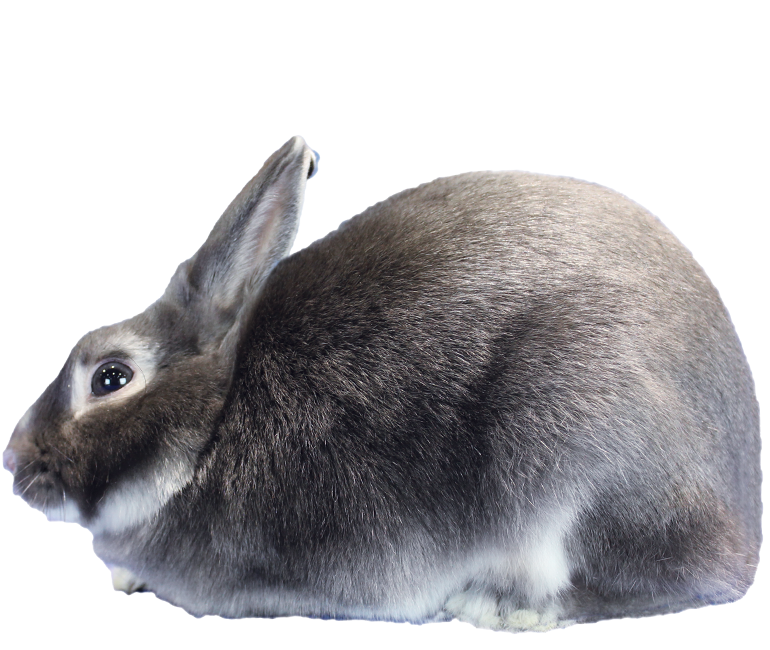
SQUIRREL
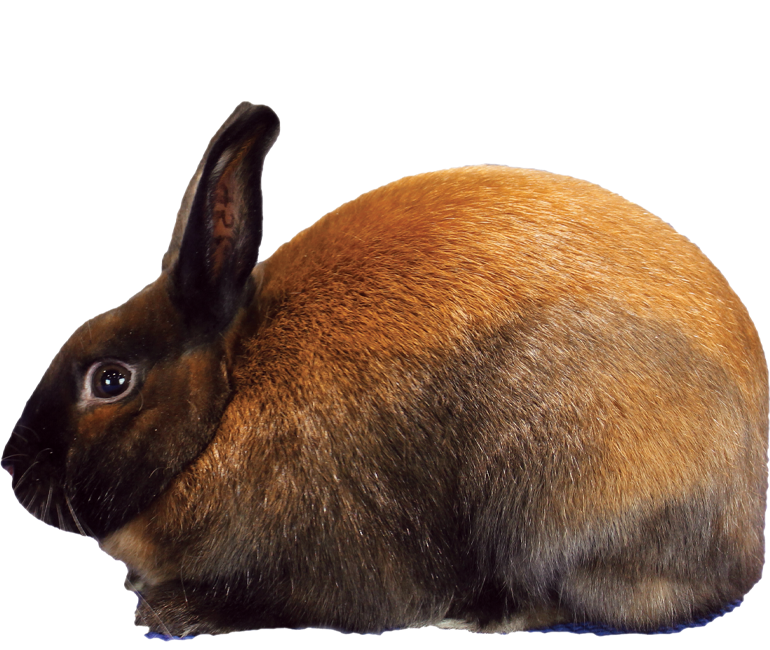
TORT
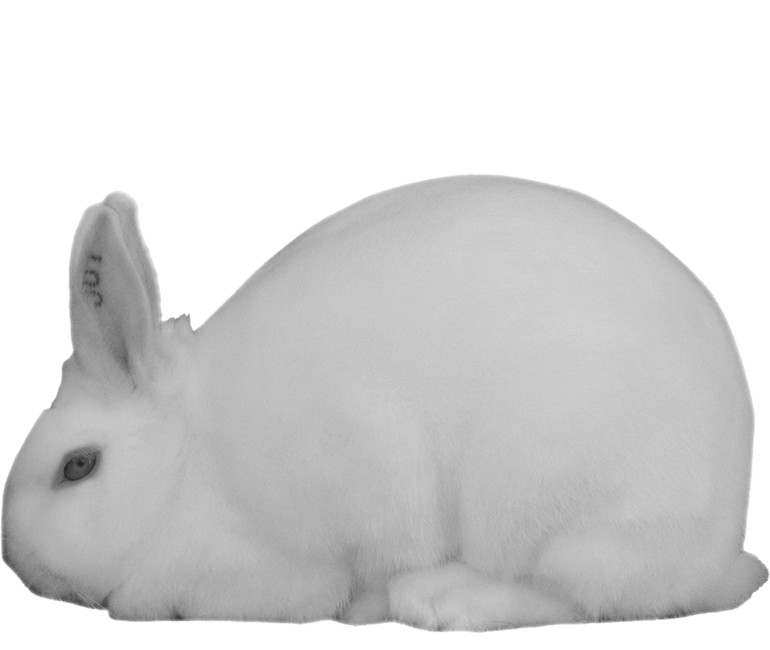
WHITE
* Note: Broken, Himalayan, Otter, Siamese, Silver Marten, and Tortoise Mini Satins are each shown as a GROUP.
Broken Mini Satins includes all recognized color varieties in conjunction with white. All varieties are judged together.
Himalayan Mini Satins (a pointed group – white with colored markings on the nose, ears, feet, tail, and legs), include 4 varieties: Black, Blue, Chocolate, and Lilac. Blacks are a dark sepia – nearly black. Blues are a rich dark blue. Chocolates are a rich dark brown. Lilacs are a uniform, medium dove gray, with pink tint on the surface. The eyes on all varieties are pink. All varieties are judged together.
Otter Mini Satins include 4 varieties: Black, Blue, Chocolate, and Lilac. The self color on Lilacs is a dove-gray with a pinkish tint. Pattern on Blacks and Chocolates to be creamy white on belly, underside of chin and tail. Belly is divided from body color by a distinct border of orange. Nostrils and Triangle to be orange or tan. Eye circles and inside of ears are creamy white highlighted by orange. Chest is an even mixture of orange and the body color, merging into the body color. Pattern on Blues and Lilacs to be creamy white on belly, underside of chin and tail. Belly is divided from body color by a distinct border of fawn. Nostrils and Triangle to be fawn. Eye circles and inside of ears are creamy white highlighted by fawn. Chest is an even mixture of fawn and the body color, merging into the body color. Eye color of Blacks and Blues are brown and blue-gray in Blues and Lilacs. All varieties are judged together.
Siamese Mini Satins include 4 varieties: Siamese, Blue, Chocolate, and Lilac. Siamese are a dark sepia brown on ears, head, feet, belly, and tail that shades to a medium brown on the body. The undercolor is an off white. Blues are a dark blue on the extremities shading to a medium blue on the body. Chocolates are a dark chocolate color on extremities shading to a medium chocolate on the body. Lilacs are a dark dove gray on the extremities – shading to a medium dove gray on the body. Eye color of Siamese and Chocolates is brown. Eye color on Blues and Lilacs is blue-gray. All varieties are judged together.
Silver Marten Mini Satins include 4 varieties: Black, Blue, Chocolate, and Lilac. Surface color on Lilacs is a dove gray with a pinkish tint. The surface color on Blacks, Blues, and Chocolates is to conform to their respective self varieties. nostrils, eye circles, jowels, inside of ears triangle, collar, back of fore feet, inside of hind feet and legs, belly and underside of the tail are silver-white.Silver-white guard hards are distributed prominently on the chest, sides, and lower hindquarters. Eye color of Blacks and Chocolates are brown and blue-gray in Blues and Lilacs. All varieties are judged together.
Tortoise Mini Satins include 4 varieties: Black, Blue, Chocolate, and Lilac. Blacks and Chocolates are a clean orange on the saddle that blends to darker shading over the lower rump and hindquarters. Blues and Lilacs are a clean fawn on the saddle that blends to a darker shading over the lower rump and hindquarters. Top of the tail on all varieties should match the body color. Underside of the tail is to match the shadings of its respective variety as much as possible. Shading on the head and whisker bed is the darkest, blending into a lighter shade on the jaw line, darkening again at the ear base, blending up to match the body color. Eye color of Blacks and Chocolates are brown and blue-gray in Blues and Lilacs. All varieties are judged together.
SATINS
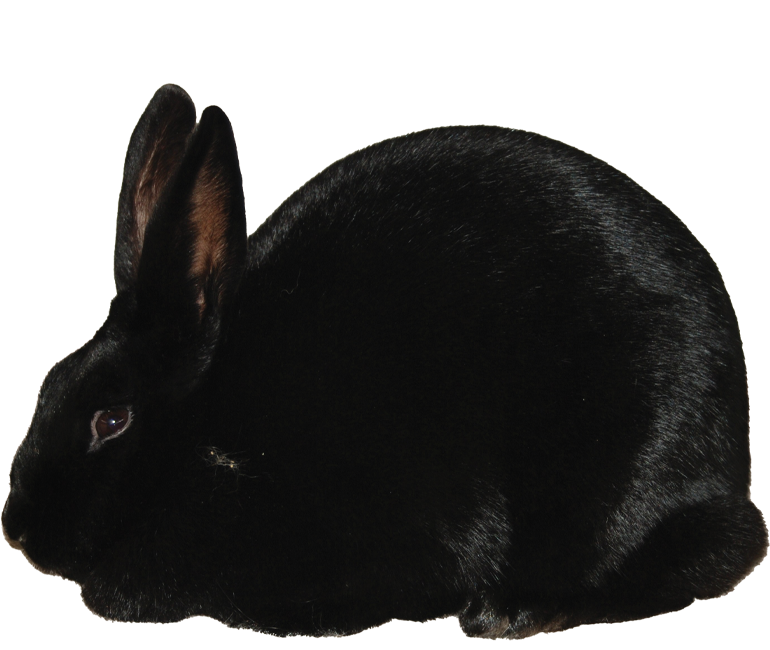
BLACK
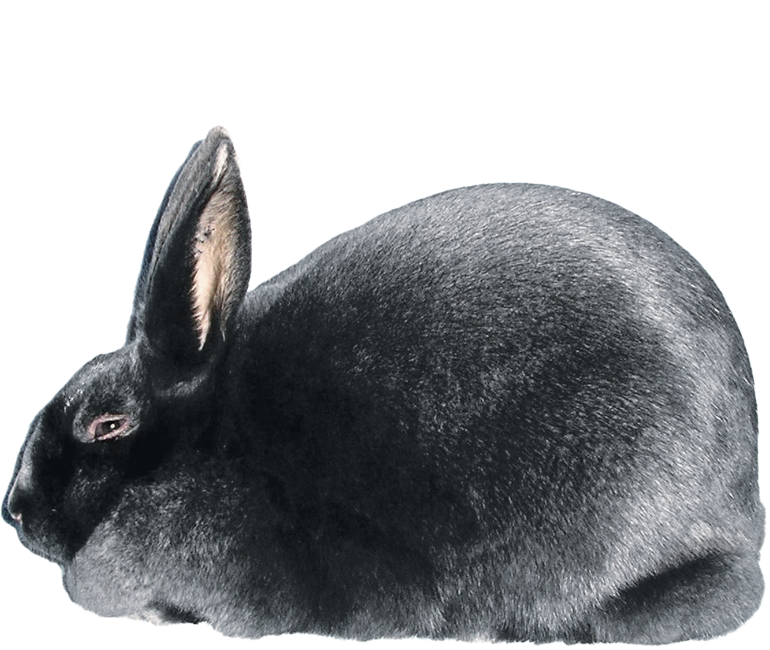
BLUE
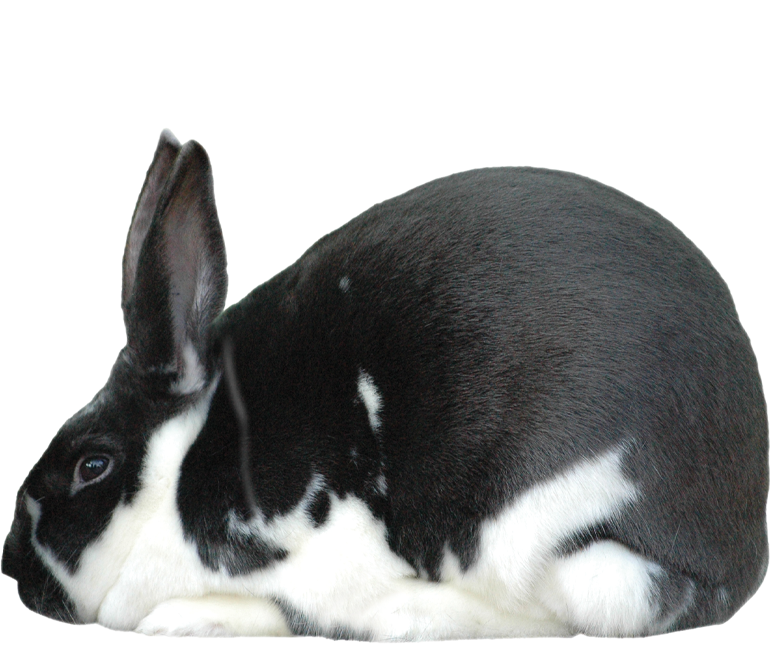
BROKEN
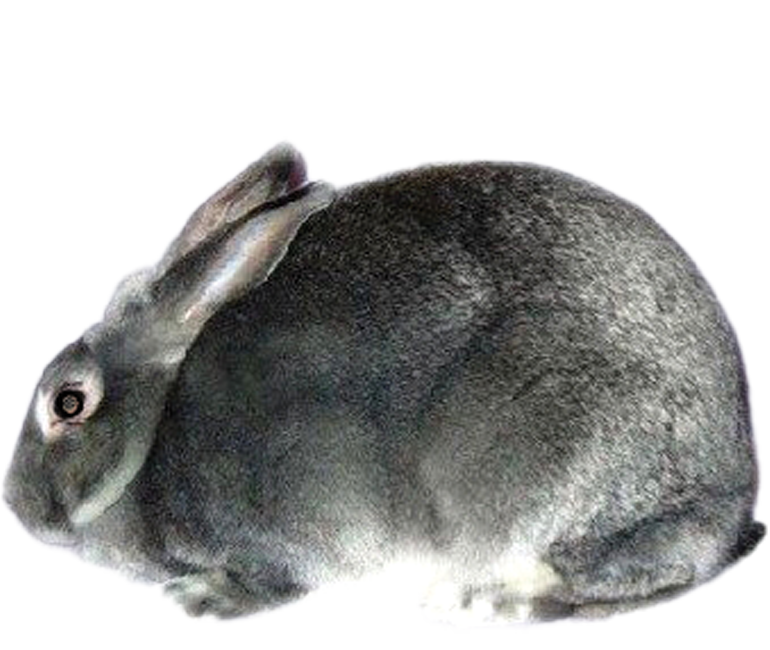
CHINCHILLA
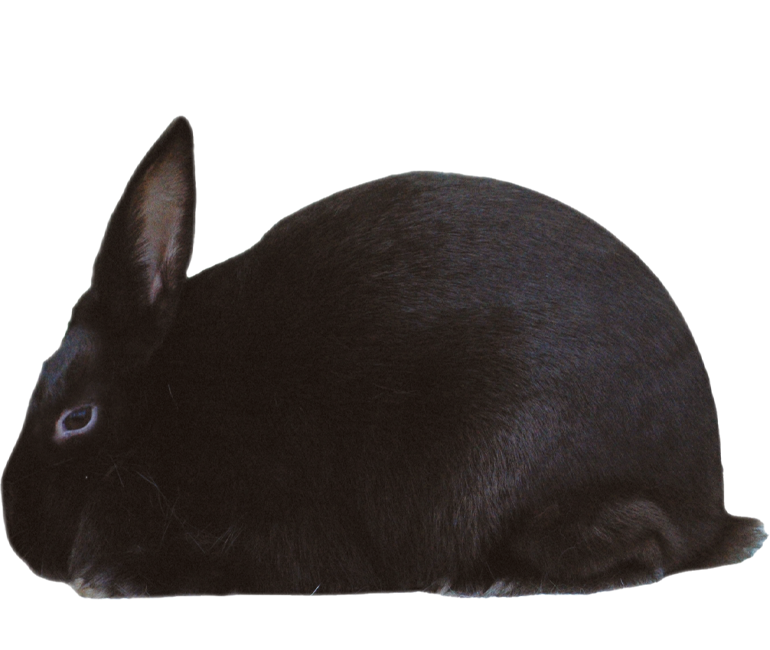
CHOCOLATE
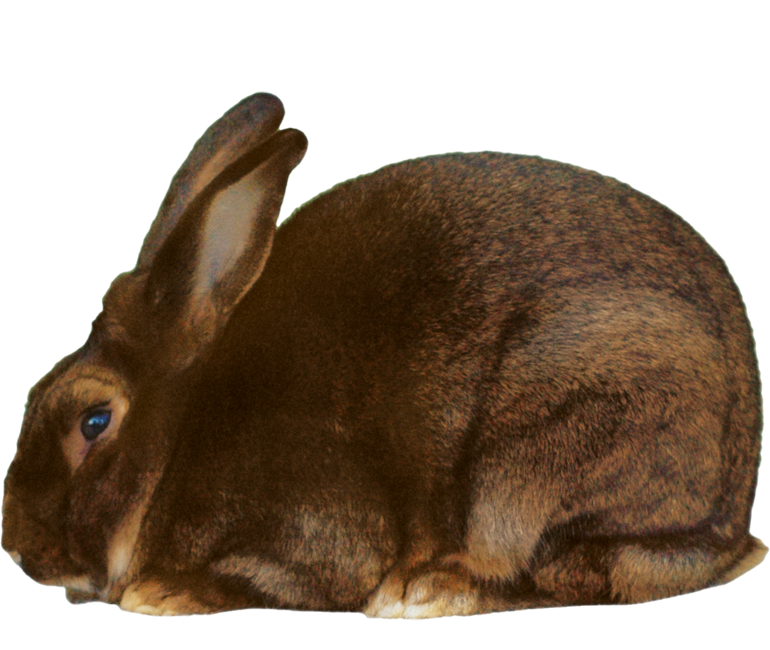
COPPER
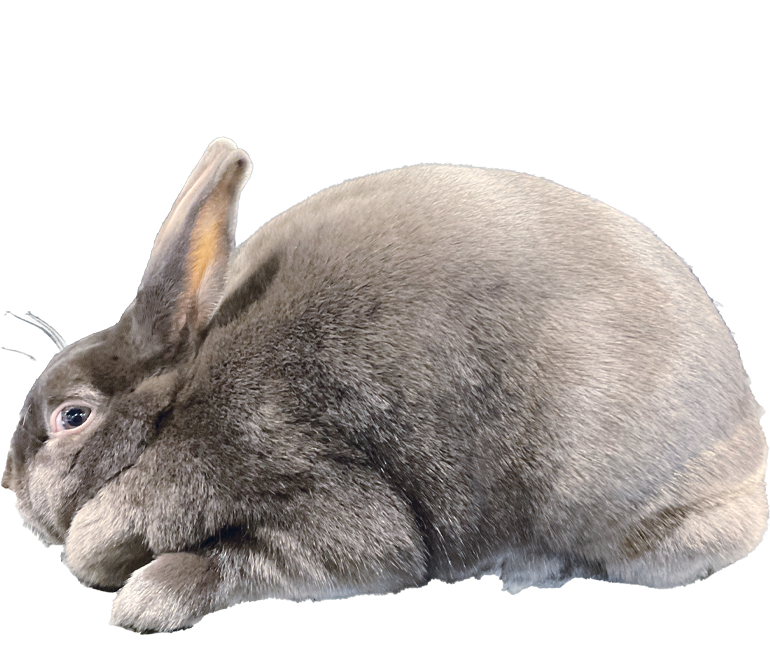
LILAC
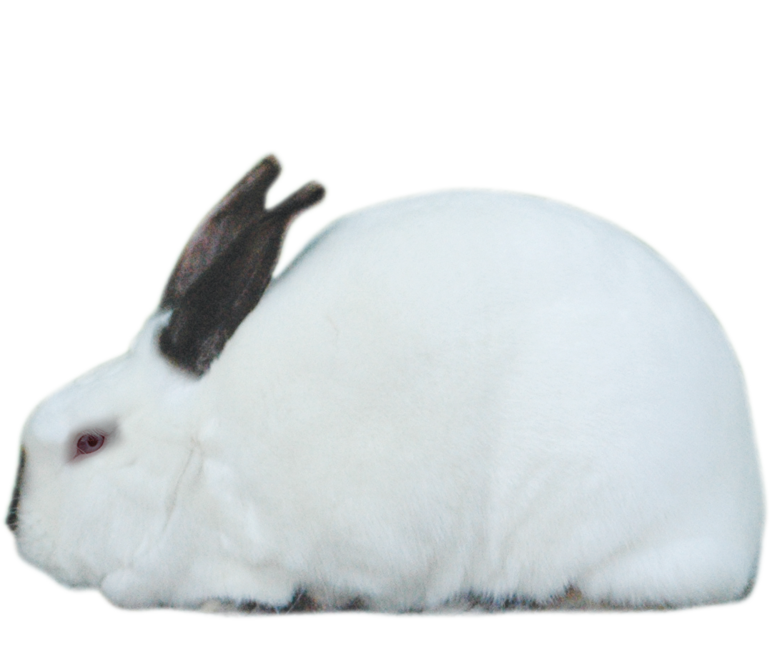
HIMALAYAN
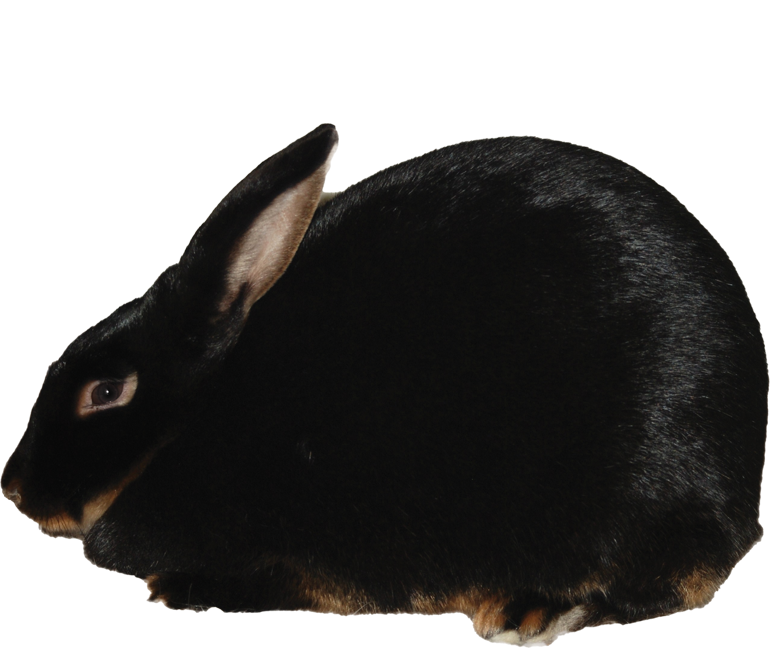
OTTER
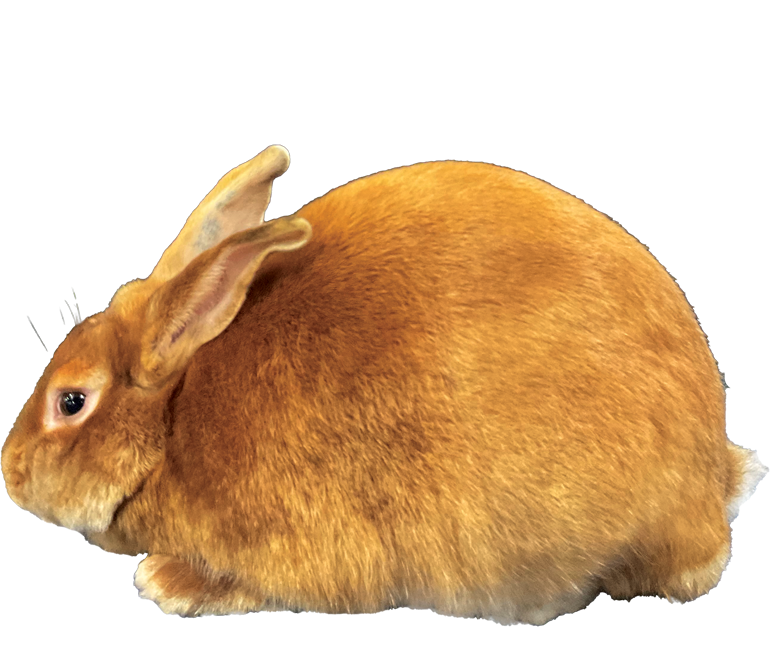
RED
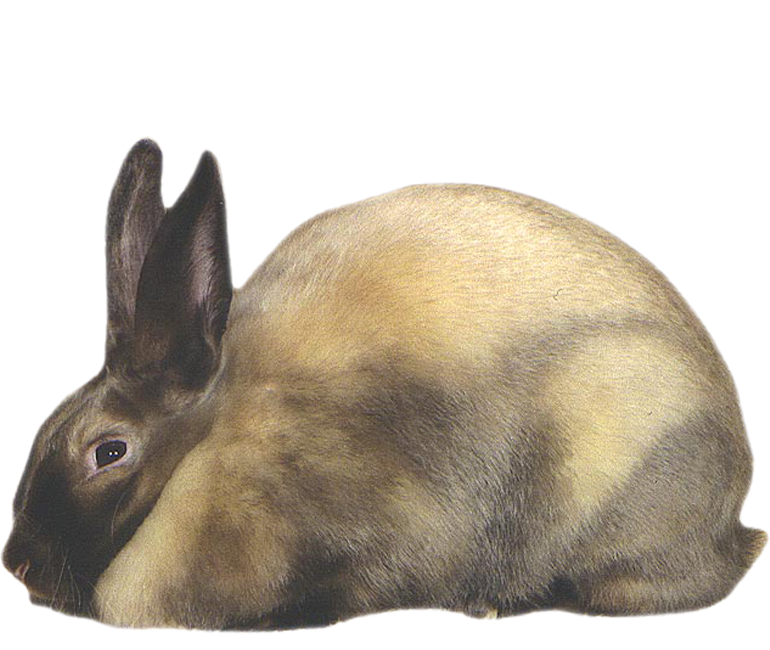
SIAMESE
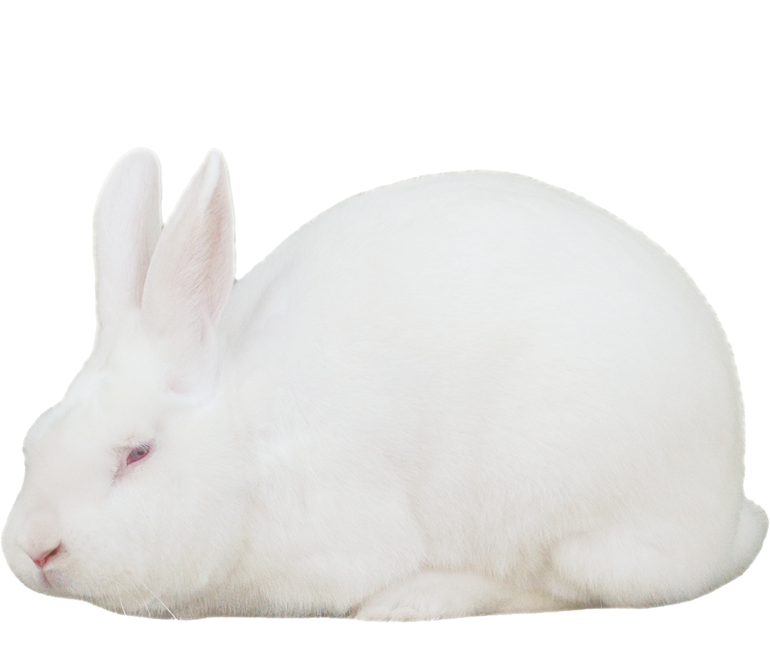
WHITE
* Note: Broken and Otter Satins are each shown as a GROUP.
Broken Satins includes all recognized color varieties in conjunction with white. All varieties are judged together.
Otter Satins include 4 varieties: Black, Blue, Chocolate, and Lilac. The self color on Lilacs is a dove-gray with a pinkish tint. Pattern on Blacks and Chocolates to be creamy white on belly, underside of chin and tail. Belly is divided from body color by a distinct border of orange. Nostrils and Triangle to be orange or tan. Eye circles and inside of ears are creamy white highlighted by orange. Chest is an even mixture of orange and the body color, merging into the body color. Pattern on Blues and Lilacs to be creamy white on belly, underside of chin and tail. Belly is divided from body color by a distinct border of fawn. Nostrils and Triangle to be fawn. Eye circles and inside of ears are creamy white highlighted by fawn. Chest is an even mixture of fawn and the body color, merging into the body color. Eye color of Blacks and Blues are brown and blue-gray in Blues and Lilacs. All varieties are judged together.
NEW VARIETY STANDARDS & CODs
New Variety Standards
Current CODs
Blue Eyed White Mini Satin
